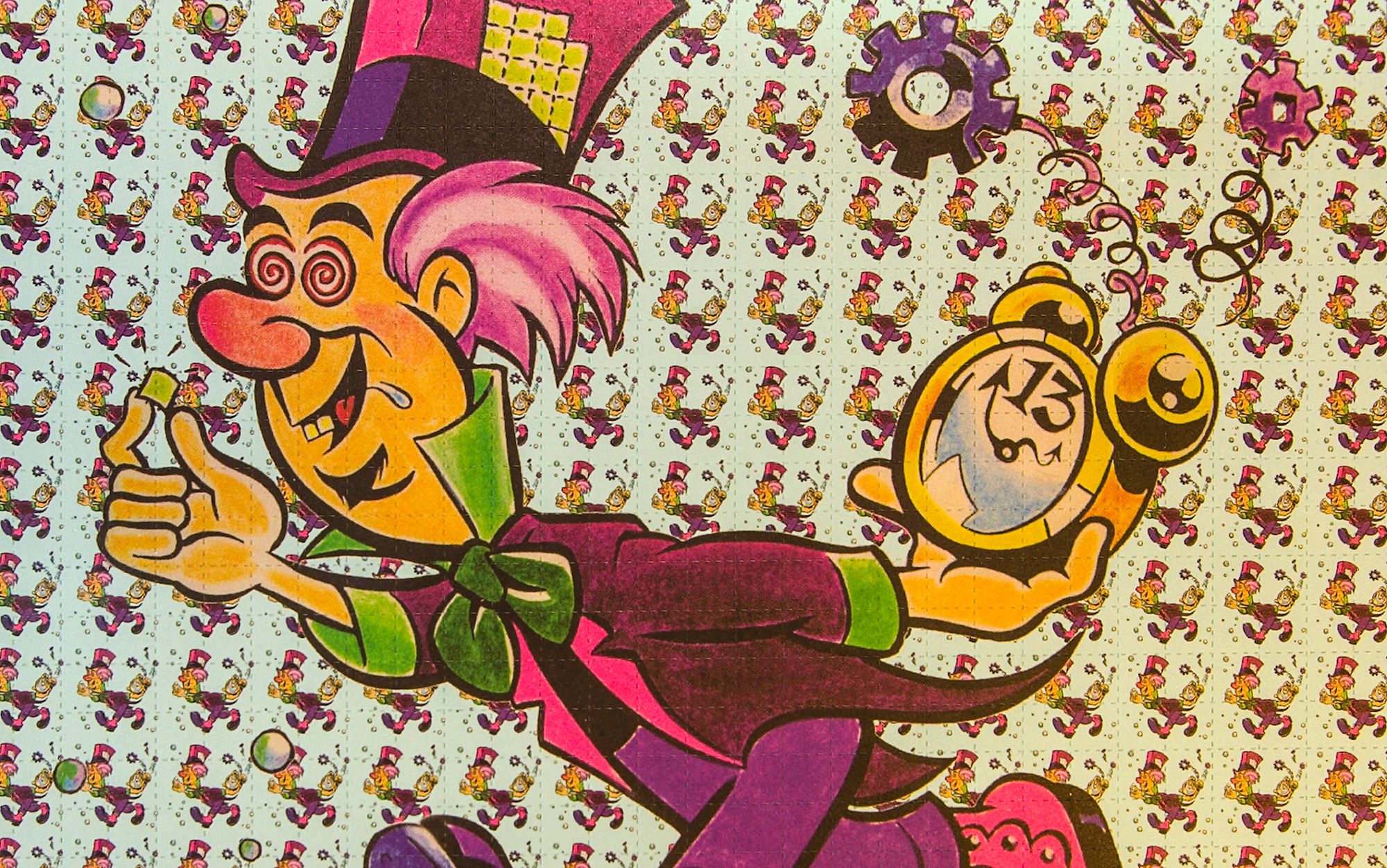Lysergic acid diethylamide
(LSD)
Lysergic acid diethylamide, or LSD, is a powerful and historically significant psychedelic that has fascinated scientists, artists, and spiritual seekers alike. Known for its profound effects on perception, thought, and emotion, LSD played a central role in the 1960s counterculture movement and is now experiencing renewed interest in both recreational and therapeutic contexts.

LSD, or lysergic acid diethylamide, is a potent psychoactive compound derived from ergot fungi. Created by Swiss chemist Dr. Albert Hofmann in 1938, its potential went unnoticed until 1943 when Hofmann accidentally absorbed a small amount. Days later, on a now-iconic “Bicycle Day,” he took a deliberate dose and rode home while experiencing its intense effects. This event marked LSD's entry into scientific and medical research. Chemically, LSD interacts with serotonin receptors in the brain, particularly the 5-HT2A receptor, which influences mood, perception, and cognition. By altering connections in brain networks that normally operate separately, LSD often leads to powerful visual hallucinations, changes in perception, and shifts in thought patterns. Many users describe effects like intensified colors, sensations of time distortion, and feelings of "oneness." Physiologically, LSD can cause mild side effects such as dilated pupils, increased blood pressure, and slightly elevated body temperature.
In the 1950s, LSD became a research focus for treating mental health conditions such as alcoholism, depression, and trauma. It also drew the CIA’s interest, leading to covert experiments under the MK Ultra program to test its potential in mind control and interrogation. By the 1960s, LSD moved from labs to mainstream culture. Figures like Timothy Leary promoted it for self-discovery, and it soon became a symbol of the counterculture movement, influencing music and art. However, as recreational use surged, governments worldwide began banning it by the late '60s. Research on LSD faded until a resurgence in the 2000s. Advanced brain imaging has now renewed scientific interest, with studies showing LSD might aid mental health by fostering neuroplasticity and emotional openness. While recreational use persists, it’s said that only a few chemists continue producing LSD today.